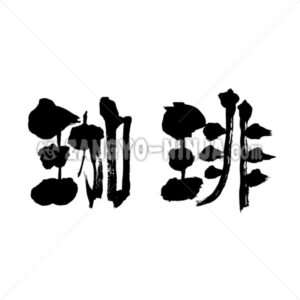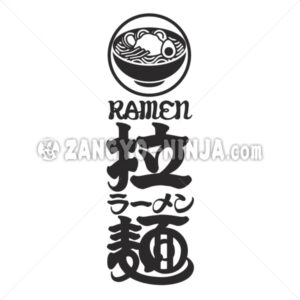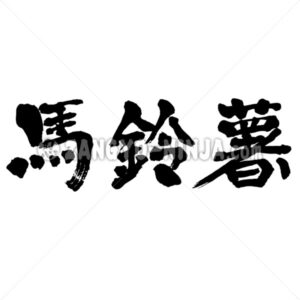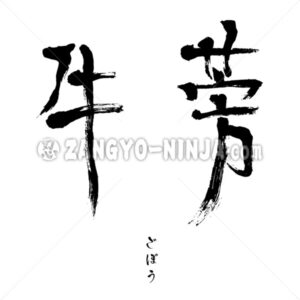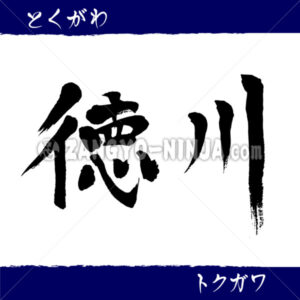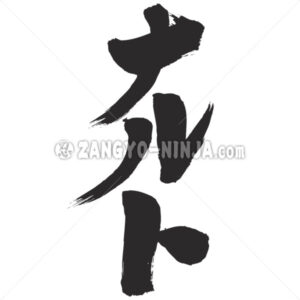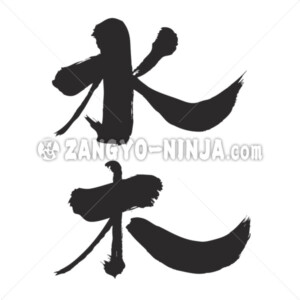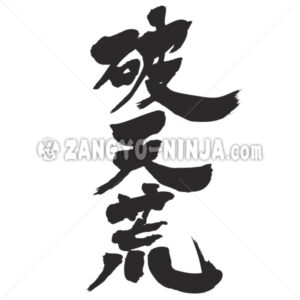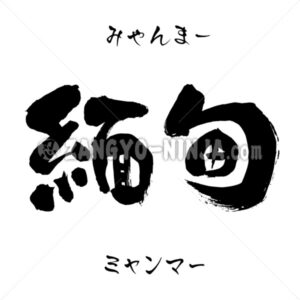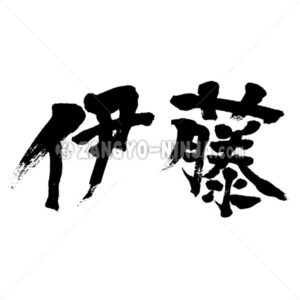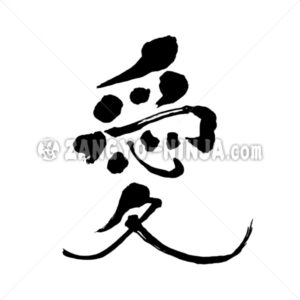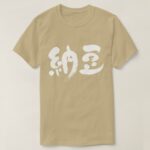a food called fermented soybeans. Natto is sticky and it have long threads trailing from them. This food that is regarded as being good for health, but the Japanese people can also be divided into likes and dislikes.
There are three main types of natto
Itohiki (stringy) natto
Itohiki natto is the first type of natto that Japanese people remember when they think of natto. It is a fermented bean that is sticky and has a distinctive odor, making it a food that is not to everyone’s liking, but it is said to be extremely nutritious. In Japan, natto is commonly served at the breakfast table.
Ama-natto (sweetened natto)
It is a confectionery and is made by boiling down the beans with sugar. It is served as a snack and is rarely eaten at meals. In some parts of Japan, ama-natto is called natto.
Tera natto
Also called shiokara natto, it is made by soaking soybeans, wheat, and koji mold (the same mold used to make miso and sake) together in salt water to ripen, which takes several months to a year. The finished product is blackish-brown and half-dried. It does not have the stickiness of stringy natto, but has a unique flavor of salty and umami in harmony.
The following is a description of Itohiki natto.
Nutritional Value of Natto
Natto, made by fermenting soybeans with the bacillus natto, is one of the fermented foods that have been enjoyed on Japanese tables since ancient times.
In addition to the various components contained in soybeans, such as high-quality protein, fat, calcium, and iron,
In addition to the various components found in soybeans, such as high-quality protein, fat, calcium, and iron, natto is characterized by its high content of vitamin B2, which is essential for lipid metabolism and is scarce in soybeans.





